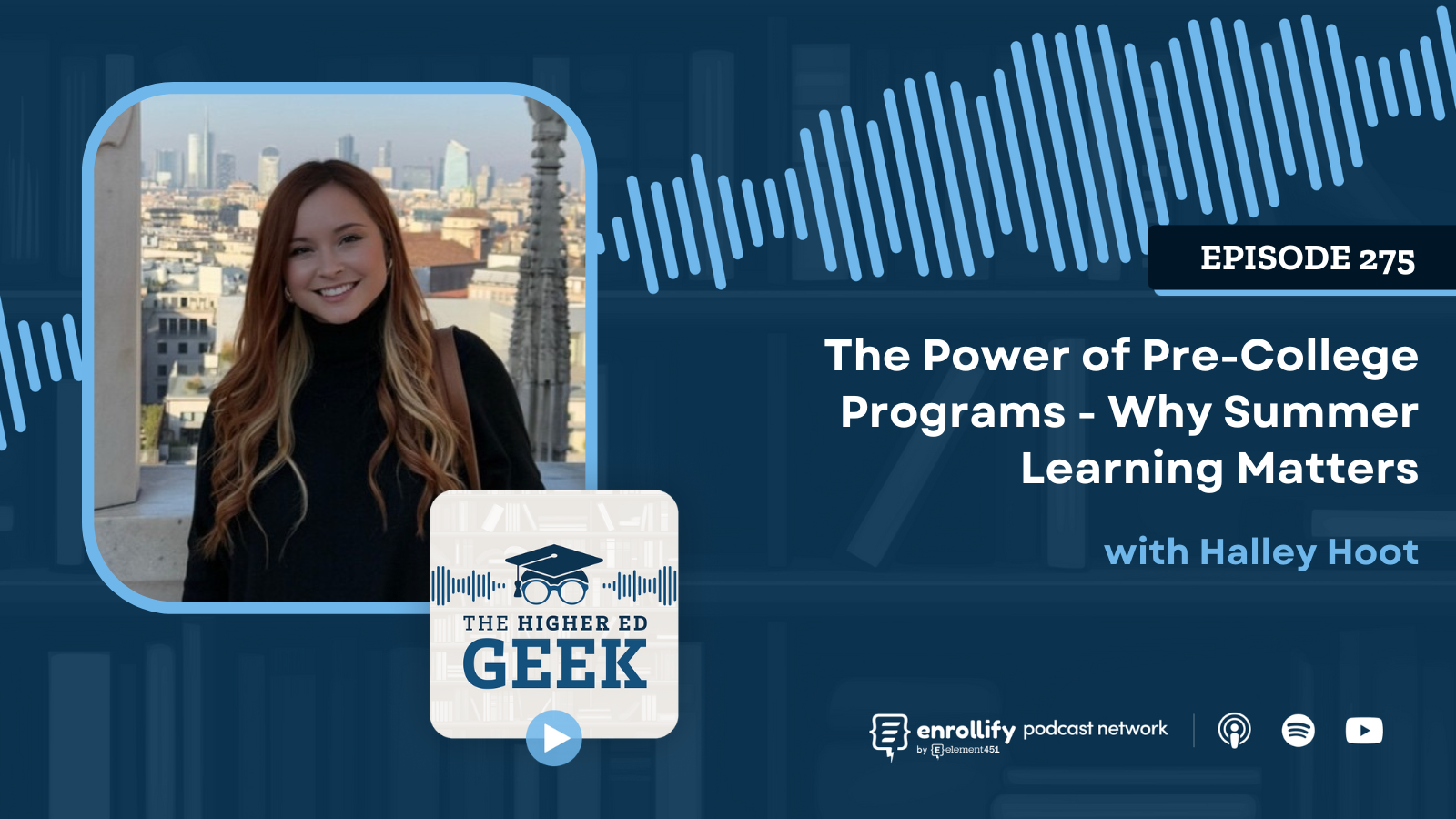About the Episode
About the Episode:
In this episode of the EduData podcast, hosts Timothy and Jamie dive into the latest dual enrollment data from IPEDS (Integrated Postsecondary Education Data System), with insights from John Fink’s blog and LinkedIn post. They explore key trends, including the 2.5 million high school students participating in dual enrollment, the leading states and colleges, and disparities in representation among Black and Hispanic/Latino students. Tune in for an engaging discussion on the state of dual enrollment and its growing impact on education!
Key Takeaways
- Nearly 2.5 million high school students participated in dual enrollment courses in the 2022-2023 academic year.
- The top five states for dual enrollment by size are California, Texas, New York, Indiana, and Florida.
- Community colleges serve the majority of dual enrollment students, with 1.78 million students enrolled.
- Black and Hispanic/Latino students are underrepresented in dual enrollment programs nationwide.
Episode Summary
What is dual enrollment and how widespread is it?
Dual enrollment allows high school students to take college courses, earning credit before they graduate. According to the most recent IPEDS data, nearly 2.5 million high school students engaged in dual enrollment during the 2022-2023 academic year. This growing trend is seen across the U.S., with more students seeking the academic and financial advantages of earning college credit early. While the popularity of dual enrollment is rising, it's especially concentrated in certain states. California, Texas, New York, Indiana, and Florida lead the pack in terms of the sheer volume of students participating, reflecting the size and scope of their education systems.
Which institutions serve the most dual enrollment students?
Community colleges are at the forefront of this movement, with 1.78 million of the 2.5 million dual enrollment students attending a community college. This accounts for about 20% of community college students nationwide. In fact, in 10 states, more than a third of community college students are still in high school, showcasing the critical role these institutions play in bridging secondary and postsecondary education. Some of the largest dual enrollment programs are highly concentrated in a few institutions. The 10 largest dual enrollment colleges alone serve 240,000 students, eight of which are community colleges.
Are there equity gaps in dual enrollment participation?
Despite its benefits, dual enrollment has not reached all students equally. Black and Hispanic/Latino students are underrepresented compared to their overall K-12 and undergraduate enrollment rates. For example, Black students had equal or greater representation in dual enrollment in only one state—Massachusetts—and fewer than 10% of community colleges nationwide serve an equitable proportion of Black students. Hispanic and Latino students, however, fared somewhat better, with greater or equal representation in 18 states and at more than a third of community colleges. These disparities raise important questions about access and equity in dual enrollment programs and how to make these opportunities more inclusive.
Connect With Our Co-Hosts:
About The Enrollify Podcast Network: The EduData Podcast is a part of the Enrollify Podcast Network. If you like this podcast, chances are you’ll like other Enrollify shows too!
Some of our favorites include Generation AI and The Higher Ed Geek.
Enrollify is produced by Element451 — the next-generation AI student engagement platform helping institutions create meaningful and personalized interactions with students. Learn more at element451.com.
Element451 is hosting the AI Engage Summit on Oct 29 and 30. Register now for this free, virtual event.The future of higher ed is being redefined by the transformative power of AI. The AI Engage Summit brings together higher ed leaders, innovators, and many of your favorite Enrollify creators to explore AI’s impact on student engagement, enrollment marketing, and institutional success.
Experience firsthand how AI is improving content personalization at scale, impacting strategic decision-making, and intuitively automating the mundane tasks that consume our time. The schedule is packed with real examples and case studies, so you leave knowing how to harness AI to drive meaningful change at your institution.
Whether you’re looking to enhance student outcomes, optimize enrollment marketing, or simply stay ahead of the curve, the AI Engage Summit is your gateway to the next level of higher education innovation. Registration is free, save your spot today.















